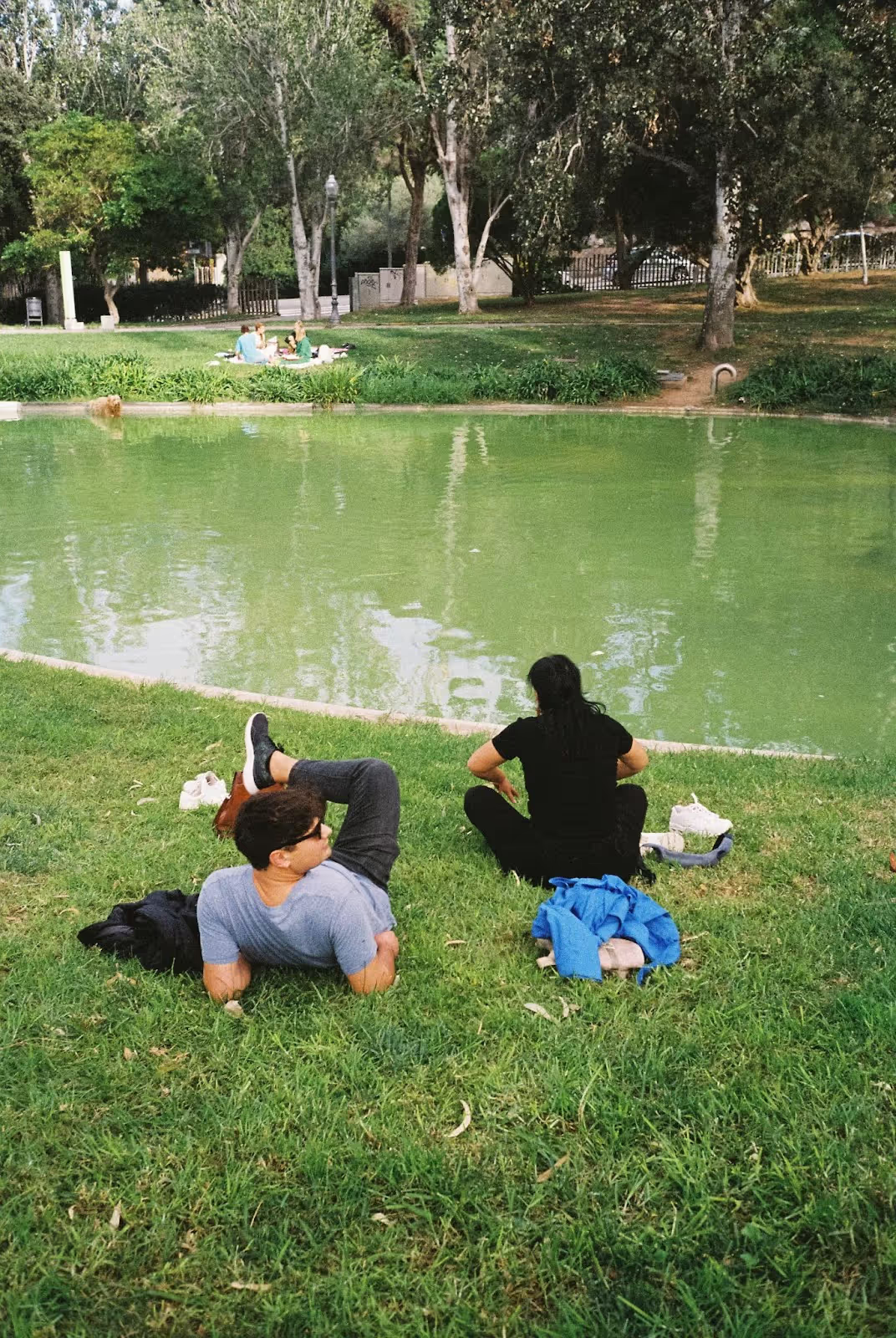
Barcelona: An Example for Major European Capitals
With its 7 million annual tourist arrivals, the Catalan capital had to quickly learn how to handle the phenomenon of mass tourism, experimenting with innovative solutions that were not always effective. However, this experimentation has made Barcelona one of the most advanced cities in terms of solutions for mass tourism.
A Leader in Sustainable and Regenerative Tourism
Barcelona, famous for Antoni Gaudí's works and the lively Ramblas, is revolutionizing tourism. Beyond being one of the most beloved tourist destinations in the world, Barcelona has positioned itself at the forefront of sustainable and regenerative tourism, transforming climate challenges into opportunities to improve urban quality of life. Let's explore how this city is becoming a model of sustainability for all European metropolises.
Taking Risks for Urban Innovation
The famous Catalan city has never been afraid to take risks. Between 2014 and 2015, it implemented temporary measures related to hotel moratoriums, solutions often adopted in cities with high tourist flows. Despite the restrictions, tourism increased thanks to private accommodations and daily visitors. These measures led to higher hotel prices, benefiting existing operators without improving conditions for sector workers. Urban policies must therefore be carefully balanced to address the challenges of sustainable tourism and ensure socioeconomic and environmental benefits.
Learning from Experiments
However, from these experiments, the city was able to understand how and where to implement operations to counter and mitigate tourist flows. There are several virtuous examples, implemented specifically to counteract the effects of mass tourism and the climate crisis, but especially to rediscover the socio-urban fabric of one of Spain's most important cities.
Urban Gardens: A Breath of Socio-Environmental Innovation
Indeed, in the heart of Barcelona, neighborhoods like Sant Antoni and Sant Pere host beautiful urban gardens that breathe life into socio-environmental innovation. These green spaces offer fresh, local products, improve air quality, and help reduce the urban heat island effect. Urban gardens are meeting places where nature and community blend in a regenerative embrace. This concept is similar to that of other major European cities: regenerating abandoned spaces to make them available to citizens, the neighborhood, and travelers.

Photo by Shabnam Ferdowsi
Mercat de Sant Antoni: Promoting the Circular Economy
Or, the Mercat de Sant Antoni is a must for those who want to discover the true flavor of Barcelona. This local market not only promotes the circular economy but also reduces the ecological footprint thanks to zero-mile products. Here you can find everything from the freshest food products to culinary specialties, while also supporting local producers and contributing to a more responsible consumption model.
Mescladís del Pou: Culinary Excellence and Social Sustainability
Barcelona is rich in restaurants that combine culinary excellence with social sustainability. A perfect example is Mescladís del Pou, where delicious food is prepared with local ingredients and each meal contributes to social integration. This restaurant employs people in vulnerable situations, demonstrating that good cuisine can also benefit the community.

Photo by Shabnam Ferdowsi
Superblocks: Redefining Urban Mobility
When it comes to mobility and addressing impending climate issues, one of the most interesting initiatives is the superblocks. In these urban areas, car traffic is limited to peripheral streets, freeing up space for pedestrians, cyclists, and green areas. Walking through these zones, you'll find tranquility, clean air, and the opportunity to socialize in safe and welcoming spaces. Less traffic means less pollution and more well-being for everyone!
Preserving Natural Resources: Beaches and Green Spaces
Barcelona is not only a fascinating city but also a top-notch naturalistic and seaside location. Its beaches, created for the 1992 Olympics, face the challenge of coastal erosion today. The city is investing in innovative solutions to protect these precious natural resources, demonstrating a constant commitment to environmental sustainability. Another example of an urban natural paradise is the Sants-Montjuïc district, which develops around Montjuïc hill, one of the most famous green areas in the Catalan city.

Photo by Shabnam Ferdowsi
Barcelona: A Model of Responsible Tourism
Barcelona is living proof that responsible tourism and sustainable urbanization are not only possible but necessary to build more resilient and livable cities. It is even clearer that taking risks and investing in innovative solutions is the key to finding tangible answers to socio-environmental issues. Initiatives like superblocks, urban gardens, local markets, and inclusive restaurants show how we can transform climate challenges into opportunities. And with ORMA Guides, every traveler can contribute to this movement, making each visit an act of regeneration and love for the planet. So, pack your bags and come discover a Barcelona you've never seen before!

.svg)
.svg)